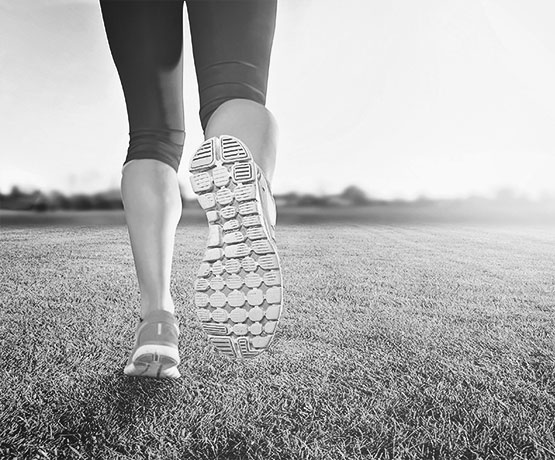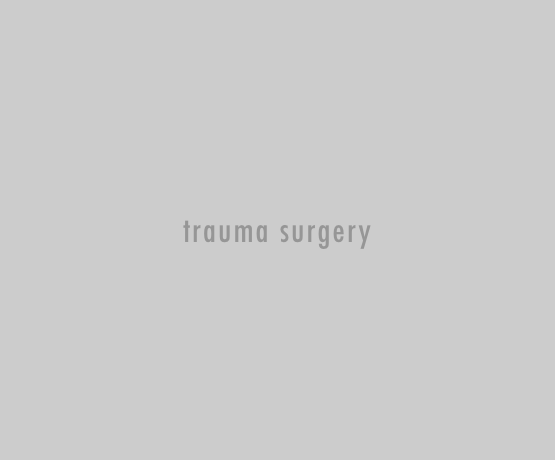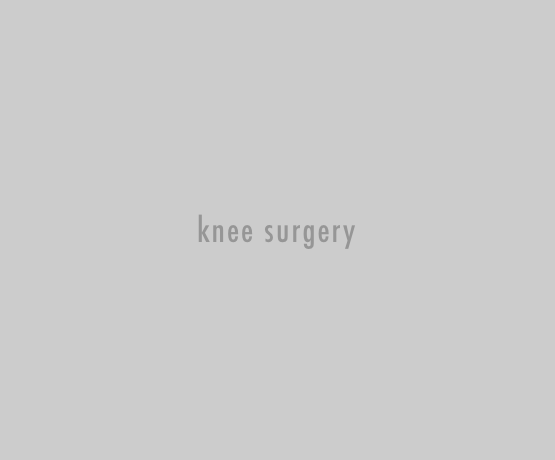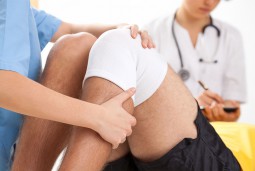Injuries to the anterior cruciate ligament (ACL) are among the most common knee problems. When you participate in certain athletic activities, such as soccer or football, you have a higher risk of tearing or spraining your ACL. Depending on how severe your ACL injury is and how active you are, you might need to have surgical repairs done.
What Is Your ACL?
Your ACL is a ligament in your knee that connects your thighbone and shinbone. It helps your knee remain stable when you move it back and forth. When you injure your ACL, your knee can give out on you while you walk. You might also have swelling, pain and tenderness, as well as restricted movement. While pain and swelling might go away with home care, you can end up making your injury even worse if you try to resume athletic activities too soon.
What Types of ACL Injuries Are There?
Common ACL injuries include tears and sprains that range from mild to serious. Mild sprains occur when you have slight damage that does not affect your knee’s stability. Partial tears occur when your ACL is loose but not completely torn. Complete ACL tears occur when this ligament is torn into two pieces, which causes pain and a lack of stability in your knee.
You can injure your ACL while running, jumping or doing other physical activities. Your ACL can become torn or sprained if you come to sudden stops while running, switch directions too quickly or slow down too fast while running. You can also injure your ACL if you collide with another player or if you land on your knee wrong while jumping. If you injure your ACL, your doctor will examine it and take imaging tests, such as X-rays, to find out how severe the damage is. This helps your doctor determine the most effective forms of treatment.
How Are ACL Injuries Treated?
Treatment options for ACL tears and sprains differ depending on how serious they are and how active you normally are. Milder injuries that don’t involve a partial or complete tear might heal on their own with nonsurgical treatment, such as walking around with a brace on to stabilize your knee or doing physical therapy to keep your knee muscles strong and flexible.
If you have a torn ACL, the tear won’t heal on its own without surgery. While people who are older or those who aren’t active in sports might be able to get by without surgical repairs, your doctor will most likely recommend surgery to make sure your knee is fully functional and stable. This involves making repairs through the use of arthroscopy.
What Are Arthroscopic Repairs for ACL Injuries?
Arthroscopic repairs provide a minimally invasive way to fix a torn ACL. This type of procedure is done using tiny instruments and a small camera. Unlike open surgery, arthroscopy involves making tiny incisions around the knee joint. This results in less bleeding, less pain overall and a lower risk of infection. After the incisions are made, your surgeon will insert a tiny camera into your knee joint. This camera provides a detailed view of your ACL, which your surgeon will use while reconstructing the ligament. Using tiny instruments, your surgeon will replace your ACL with a graft. These grafts can come from different sources, including the following:
- Hamstring tendon autograft: This graft comes from your hamstring tendon.
- Patellar (kneecap) tendon autograft: This graft comes from your own kneecap tendon.
- Quadriceps tendon autograft: This graft, which comes from your quadriceps tendon, is usually used when a previous ACL reconstruction has failed.
- Allograft: This is a graft that comes from a cadaver.
Are There Risks with Arthroscopic Repairs?
Arthroscopic repairs are generally safe, but there are some risks associated with these procedures. These include infection, excessive bleeding, numbness, a higher risk of blood clots, loss of motion in the knee and instability. Your surgeon will take steps to lower your risk of complications before, during and after surgery.
What Is the Recovery Process?
After arthroscopic repairs, you can expect to do physical therapy exercises. This helps ensure that you make a full recovery and regain your range of motion. You can return to your usual athletic activities when your doctor lets you know that it is safe to do so. Full recovery typically takes up to 6 months.




